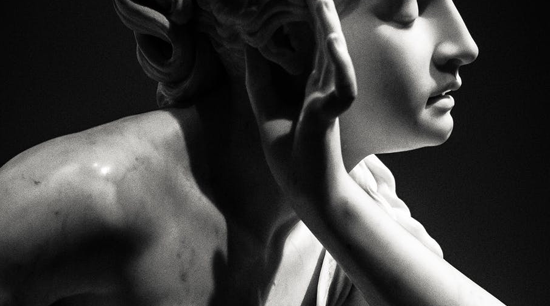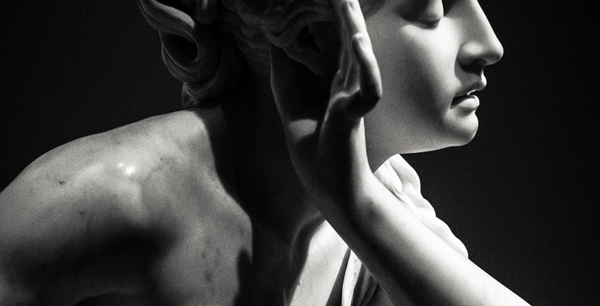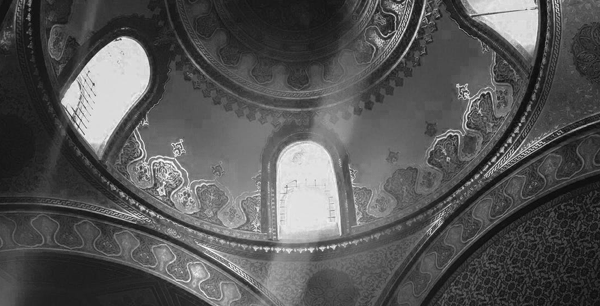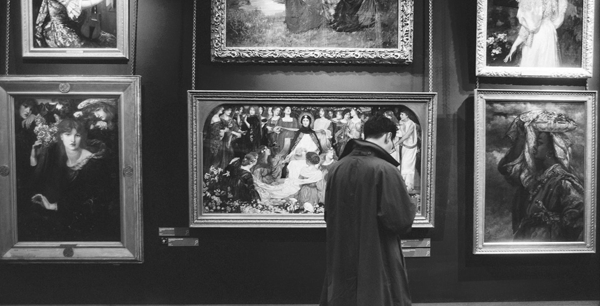
It is simple, you practically made money by the purchase. The high probability of the appreciation of the initial deposit goes up already after the purchase, the price rises, at least its historical value.
Investing in art is mostly a very safe and stable strategy. Imagine that today you buy a painting painted 100 years ago, let’s say from an unknown author, you wait 10-20 years and you can sell the painting with a multiple surcharge. Naturally, in this case we are not talking about a fast-moving goods. At the same time, however, this is not ruled out.
There are thousands of cases where an ordinary person or collector has made a nice pile of money, at a first sight, a common picture, that the owner did not even originally like. Or an art collector who bought an incredible gem in a small antique shop, somewhere while roaming around the world, had it restored, and later sold it at an auction house for millions of euros. Yes, you hear very well. Millions and the initial deposit could easily be just a few hundred euros, or even a random gift from a family acquaintance. You may not even know that you have Rembrandt or Monet worth several million euros hanging on the wall in your grandmother’s house.
Myths about investing in art have always prevented the average person from entering this potentially lucrative business. “I don’t know anything about art. Investing in art is only for the rich. What if they tear me apart? “All of these concerns are legitimate, but they can be addressed quickly with a little research and knowledge.
How is it possible to make a profit from investing in art? According to a survey of the art market, the price of art has grown by more than 1,000% over the last 40 years. Over the recent years, there has been a steady rise of 25% or more. These types of returns are of great interest to the investment world – not only large and small investors starting with their own collections, but many artistic investment funds have opened their doors and are ready to do business.

The main recommendation for any investment is educate yourself. Get the right information at first. It doesn’t matter if you want to buy part of the fund, start with your own collection, with the first piece on the wall, or just make yourself happy. Give yourself an investment time horizon of 10 years and the world of profits from art can be the right for you.
- 1. Original. The original is a unique work of art. Most collectors of art reach for this option and shop for some speculation. The high price usually justifies the rarity of the original. When investing, it is good to consult an art expert to avoid buying a counterfeit.
- A printout Although, in this case, we are talking about a copy in print, it is still considered a work of art and can have an interesting value. Printouts are a way for investors with limited funds to start their collection. For some prints, it is necessary to note how many pieces have been printed out and in which year this was done. For limited edition prints, the artist agrees to a limited number, which affects the price. Sometimes the artist automatically prints a print on the edge, which significantly increases the value.
- A Reproduction. It has no collection value.
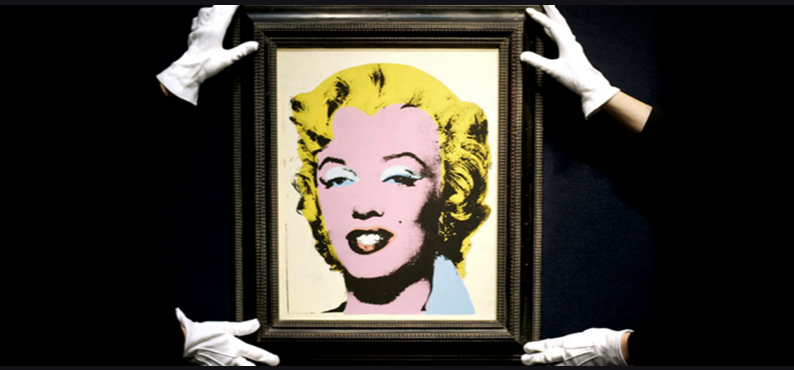
How to begin with purchasing? There is a primary and a secondary market. Works of art that are sold on the primary market are sold for the first time, so no one has seen or bought them before. The secondary market is for works of art that have never been sold before and can have an impact on the price. Artist surveyConsider researching age, education, previous exhibitions, and artist=s awards. Most of the information from the artist’s biography can usually be found in the gallery where his/her works are displayed
A survey of the artwork itself The best way to protect yourself is to obtain a certificate of authenticity from an expert, preferably from the authority of the artist. Further on your list should be a thorough assessment of the subject. Examine the seller Whenever you buy a work of art, check in detail the reputation of the source. It is much easier to explore the gallery than an unknown seller.


